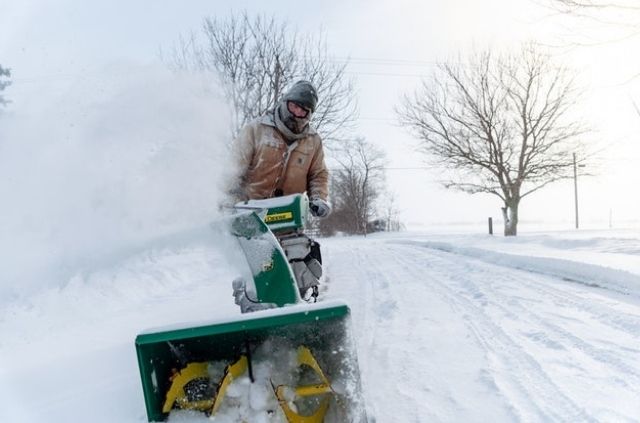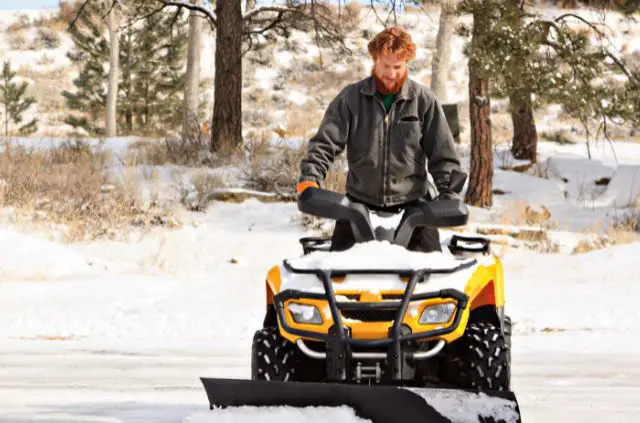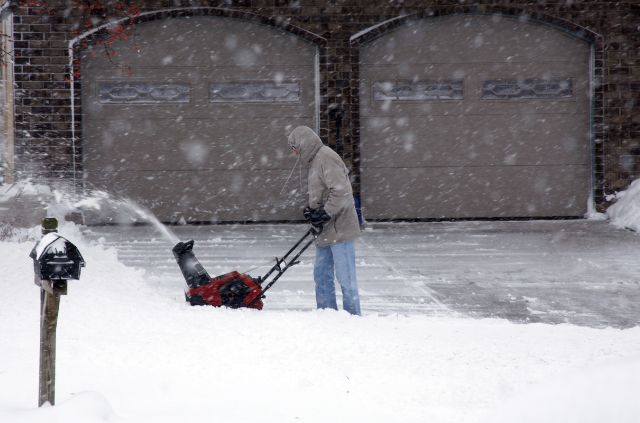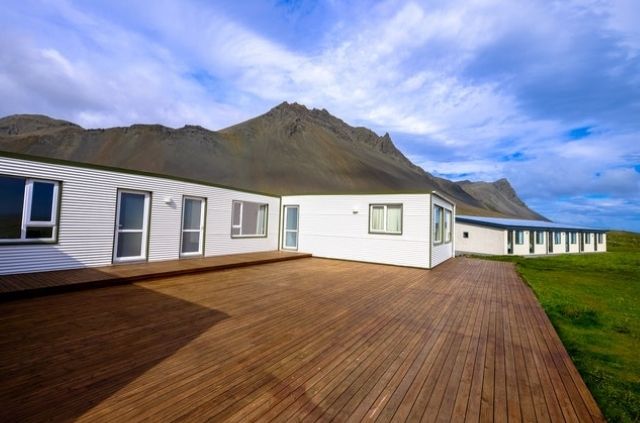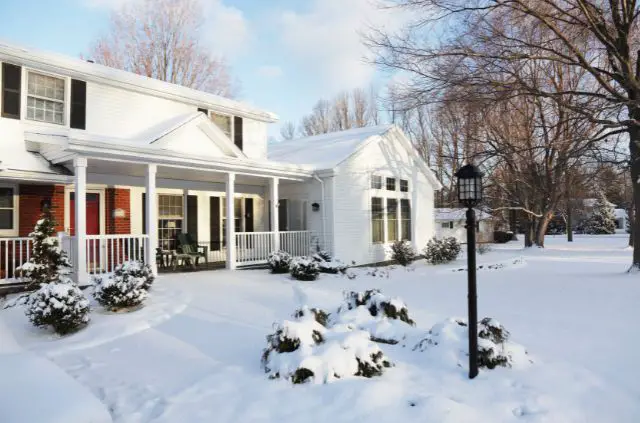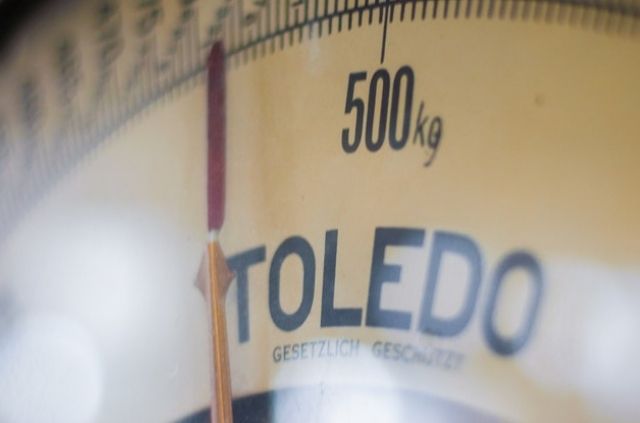How to Melt Snow On Grass and Plants
It’s nearly impossible to keep your entire property free of snow during the winter. But too much accumulation can create problems and might damage your landscaping. In this article I will discuss how you can melt snow on grass, plants, and other delicate areas.
When it comes to melting snow on grass, you will need to remove 90 percent of the snow and let the sun do the rest. Attempting to remove all of the snow with a shovel or snow blower can cause damage to your lawn. You can lightly brush the snow away on plants and more fragile areas.
Why Melt Snow?
In most cases there’s nothing wrong with keeping a layer of snow on your grass during the winter. Snow acts like a natural insulator and as it melts the snow will provide water to dry plants in your yard. With that being said, too much snow accumulation can be a problem.
Plants Could Die
Man made snow piles are dangerous and can harm grass, plants, and even trees. If you live in an area that experiences snow on a regular basis, you know just how big these piles can grow.
The issue is that it can takes weeks (sometimes even months) for these massive piles to melt. If you have any plants on the edge of your property, make sure to clear them out on a regular basis.
As plow trucks clear off roads, they will push snow up on to your property. If you don’t keep up with this, plants and bushes will be crushed from the amount of heavy snow.
Branches Can Break
Another reason to melt snow is if you have trees close to your house. Heavy amounts of snow can build up on tree limbs and cause them to break. This happens most on older trees and flimsy branches.
Problems arise when these older trees are positioned close to your house or driveway. When a branch becomes overly stressed with heavy amounts of snow, it will break and land on whatever is underneath it.
Ideally trees should be trimmed once a year to prevent them from snapping. But if you neglected this maintenance task, you can use a ladder to reach these areas to remove the snow. Just make sure to secure the ladder, before each use.
Roof Damage
Melting snow will not only save plants, but it can also benefit your house. Not all roofs are perfectly sloped and certain sections are more prone to large amounts of snow. When this happens ice dams can develop.
Ice dams are sections of ice that form at the edge of your roof along the gutters. They will prohibit water (melting snow) from properly draining off the surface. Snow that doesn’t drain properly will make it’s way inside your home.
Leaky roofs can be a major concern and cost you thousands of dollars. You can avoid this headache entirely by melting snow from your house. Installing a heat cable will prevent ice from forming along this section of the roof.
How to Melt Snow On Grass
Now that we’ve covered why you might want to melt snow on grass and plants, let’s cover the best way to perform this task. This is the safest way possible, because it doesn’t require using any heat blankets, sand, or other materials that could potentially damage your lawn.
1. Remove 90% of the Snow
If you’re looking to increase the rate at which snow melts, you will have to move most of it first. Start by removing 90% of the snow on the area you need cleaned. This can either be done with a snow blower, or plastic shovel.
There’s nothing wrong with using a snow blower on grass, as long as you are following the proper steps. If you don’t have a snow blower you can use a shovel for a more traditional method.
If you’re using a shovel make sure that it’s made out of plastic. Metal shovels have sharp edges and they can damage your lawn in the snow removal process. It’s more efficient to use a plastic shovel and you don’t have to worry about damaging the grass.
2. Use a Leaf Blower
You can easily remove the remaining snow by using a leaf blower. If you don’t have this handy tool, just move on to the next step. The idea here is that a leaf blower can clean up the remaining snow with air power.
Keep in mind that this will only work with fresh snow. Let’s say that you have removed most of what has accumulated and there’s only around one inch left. This is really just a dusting and won’t require a shovel to remove.
With fresh snow a leaf blower will be powerful enough to clean up what’s leftover. It will also be safe enough so that it won’t damage your lawn. But you won’t be able to follow this trick if the snow has hardened into ice.
3. Let the Sun do the Rest
Now that you have removed the majority of snow from your lawn, all you have to do is wait a few hours. The sun should provide enough heat in order to melt what’s leftover. This shouldn’t be a problem unless you live in an extremely cold climate.
If that’s the case you should consider investing in a leaf blower to clean up the last dusting. In order to fully expose the grass this will be the only way. You could try using a broom but it will take a long time and won’t be as efficient.
If you have ever shoveled a path on grass, you know just how effective a few hours of sunlight can be. If the temperatures are warm enough, the remaining snow should easily melt away in no time.
Final Thoughts
I’m guessing you landed on this article because you wanted to learn how to melt snow on grass. It might sound strange to some people, but there are a handful of reasons on why you might want to follow through with this task.
Delicate plants will die with heavy snow, branches can snap, and your roof might even develop an ice dam. After a heavy storm, inspect the areas around your home to look for these problem areas. That way you can keep an eye on what places might require snow removal.
Search Terms
- How to melt snow on grass
- how to melt snow on plants

